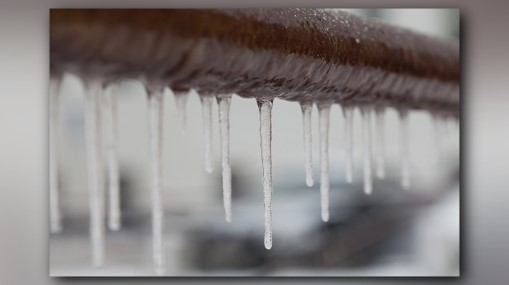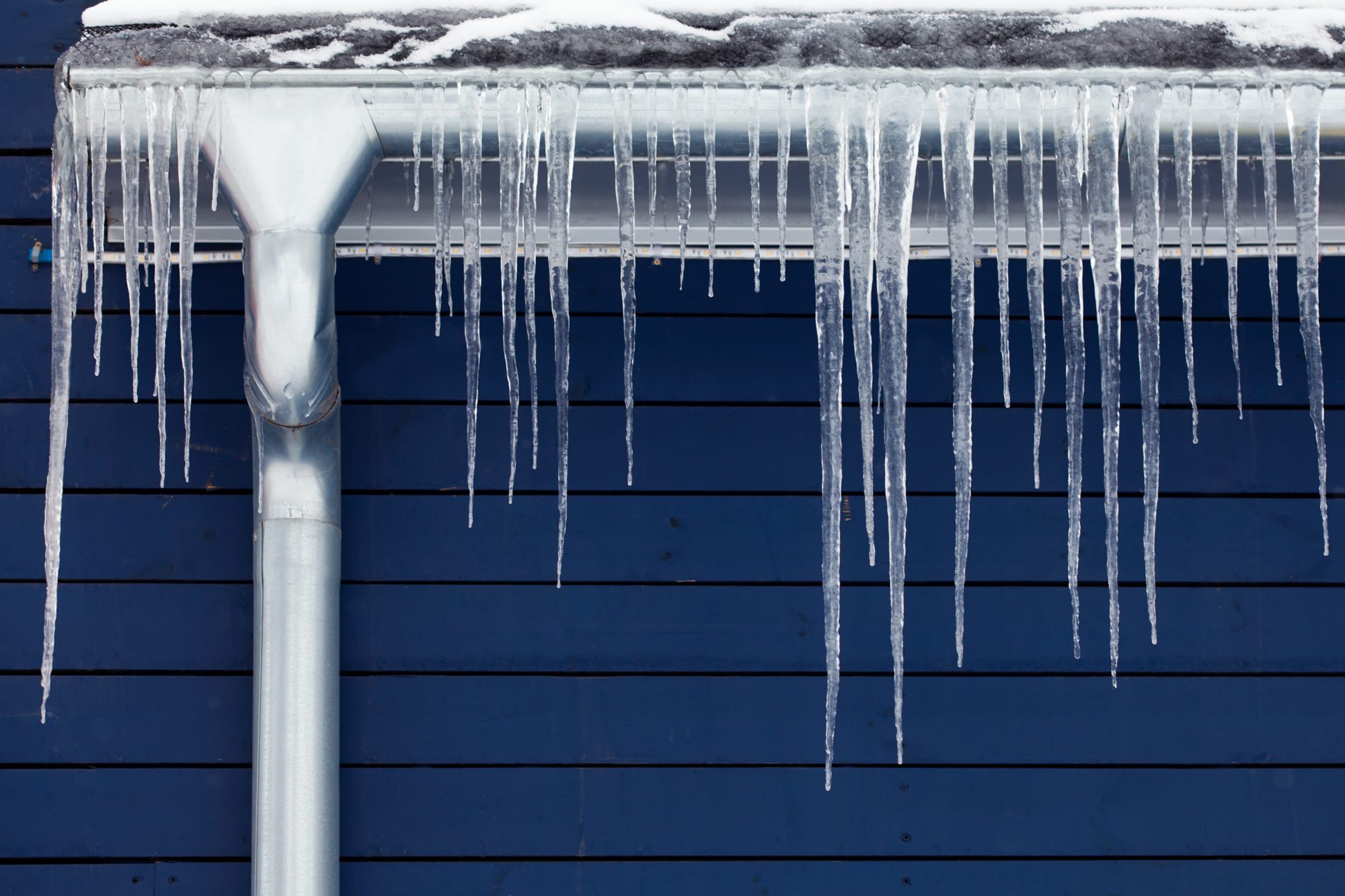How to Protect Plumbing System from Cold Weather: Essential Tips
How to Protect Plumbing System from Cold Weather: Essential Tips
Blog Article
The writer is making a number of good pointers regarding Preventing and dealing with frozen pipes in general in the article followed below.

Winter can damage your plumbing, specifically by freezing pipes. Here's just how to stop it from happening and what to do if it does.
Introduction
As temperature levels decline, the threat of icy pipelines rises, possibly leading to expensive repair services and water damages. Comprehending how to prevent frozen pipelines is vital for property owners in cold climates.
Prevention Tips
Protecting at risk pipelines
Wrap pipes in insulation sleeves or use warmth tape to secure them from freezing temperatures. Focus on pipes in unheated or outside areas of the home.
Heating techniques
Keep interior spaces adequately heated up, especially locations with pipes. Open cabinet doors to permit warm air to circulate around pipes under sinks.
Just how to identify icy pipelines
Search for reduced water flow from faucets, unusual smells or noises from pipelines, and visible frost on exposed pipes.
Long-Term Solutions
Structural adjustments
Take into consideration rerouting pipelines far from exterior walls or unheated locations. Add added insulation to attics, cellars, and crawl spaces.
Updating insulation
Purchase premium insulation for pipes, attic rooms, and walls. Proper insulation helps maintain regular temperatures and decreases the threat of frozen pipelines.
Safeguarding Outside Pipes
Garden tubes and exterior taps
Separate and drain garden tubes before winter season. Set up frost-proof spigots or cover exterior taps with insulated caps.
Comprehending Frozen Pipes
What causes pipes to freeze?
Pipes freeze when exposed to temperatures below 32 ° F (0 ° C) for extended periods. As water inside the pipelines ices up, it increases, putting pressure on the pipeline wall surfaces and possibly triggering them to burst.
Dangers and damages
Icy pipes can result in water system interruptions, residential property damage, and costly repairs. Burst pipes can flood homes and trigger substantial structural damage.
Signs of Frozen Pipeline
Identifying frozen pipelines early can prevent them from rupturing.
What to Do If Your Pipelines Freeze
Immediate actions to take
If you think frozen pipes, maintain taps open to ease pressure as the ice melts. Utilize a hairdryer or towels soaked in hot water to thaw pipelines gradually.
Final thought
Stopping frozen pipes needs aggressive procedures and quick responses. By understanding the reasons, indications, and preventive measures, home owners can safeguard their pipes during winter.
5 Ways to Prevent Frozen Pipes
Drain Outdoor Faucets and Disconnect Hoses
First, close the shut-off valve that controls the flow of water in the pipe to your outdoor faucet. Then, head outside to disconnect and drain your hose and open the outdoor faucet to allow the water to completely drain out of the line. Turn off the faucet when done. Finally, head back to the shut-off valve and drain the remaining water inside the pipe into a bucket or container. Additionally, if you have a home irrigation system, you should consider hiring an expert to clear the system of water each year.
Insulate Pipes
One of the best and most cost-effective methods for preventing frozen water pipes is to wrap your pipes with insulation. This is especially important for areas in your home that aren’t exposed to heat, such as an attic. We suggest using foam sleeves, which can typically be found at your local hardware store.
Keep Heat Running at 65
Your pipes are located inside your walls, and the temperature there is much colder than the rest of the house. To prevent your pipes from freezing, The Insurance Information Institute suggests that you keep your home heated to at least 65 degrees, even when traveling. You may want to invest in smart devices that can keep an eye on the temperature in your home while you’re away.
Leave Water Dripping
Moving water — even a small trickle — can prevent ice from forming inside your pipes. When freezing temps are imminent, start a drip of water from all faucets that serve exposed pipes. Leaving a few faucets running will also help relieve pressure inside the pipes and help prevent a rupture if the water inside freezes.
Open Cupboard Doors
Warm your kitchen and bathroom pipes by opening cupboards and vanities. You should also leave your interior doors ajar to help warm air circulate evenly throughout your home.

Do you enjoy reading up on Preventing and dealing with frozen pipes? Leave feedback below. We'd be delighted to find out your ideas about this write up. We are looking forward that you visit us again in the future. Don't hesitate to set aside a second to promote this blog posting if you enjoyed it. Many thanks for taking the time to read it.
Call Today Report this page